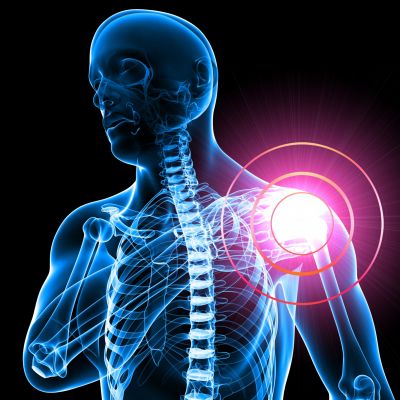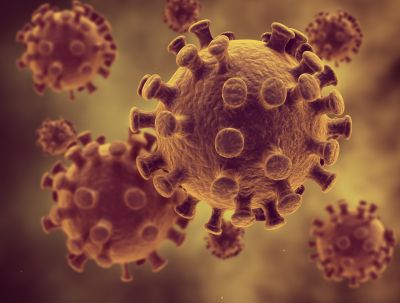
Minimising the risk for cardiovascular disease is a great medical challenge. A European consortium proposes to identify biomarkers that could be used for disease risk prediction.

The incidence of oropharyngeal cancers is steadily increasing in certain regions of Europe and the United States. Additional studies are needed to confirm the importance of human papillomavirus (HPV) infection in head and neck cancer (HNC) development in European populations.

Understanding what triggers inflammation-based pathogenesis would provide insight into the aetiology of many diseases.

Birdsong exhibits phonological syntax in which sounds are put together in an organised syntactic structure that produces meaning. The first use of electrodes to study sequence rule learning in non-human animals has shed light on neural mechanisms.

Cancer is characterised by uncontrolled cell proliferation. To identify new targets for therapy, European researchers concentrated on the mechanisms underlying cell proliferation.

Marine protected areas (MPAs) are a valuable tool for conserving marine biodiversity and resources whose benefits can be increased by their integration into a network. The correct design of these networks is crucial to their success and connecting fish populations through larval dispersal plays a key role in this.

The human body is approximately 60 % water, a major component of blood and intracellular and extracellular spaces. Scientists have used powerful experimental and computational methods to address important questions about water's functional role.

Accurate and rapid diagnosis of any infectious disease is paramount to constraining its transmission. In this context, European scientists have set out to develop diagnostic assays and implement a surveillance system for monitoring dengue fever.

An EU-funded project has elucidated the mechanism of resistance to pyrethroids in the bee mite, Varroa destructor, and has developed a test for a rapid and accurate identification of resistant mites in populations across Europe.

European investigators are using zebrafish to investigate human regulatory genes and their function, the regulome. This systems biology approach will complement work in other mammalian systems.

Understanding how cells receive signals from the outside and translate them into cellular responses is central to the field of biology and medicine.

Daily and seasonal changes in the day-night cycle prompt corresponding changes in biology and behaviour through the circadian clock. EU research has investigated how changes in the genes behind the clock can bring about differences in plant metabolism.

Combating pest outbreaks using biological approaches is gaining ground on chemical pesticides. European researchers investigated how pest infections are influenced by nutrition and environmental conditions.

European scientists developed computer models to investigate how the internal structure of the jaw bone adapts to the ways in which different mammals chew and to study the biomechanics of orthodontic tooth movement.

Collaborating universities in Sweden and the United States have reconstructed historical changes in Central Asian mountain glaciers to infer past and future patterns of climate change.

Discovering innovative medications from venoms is the vision of an EU-funded project. To this end, scientists are following an innovative process of venom characterisation and toxins production compatible with HTS.

Phosphorus is a very important mineral in the health of all living organisms. European researchers have developed a set of tools to help monitor phosphorus movement in plant cells at the molecular level.

Epigenetic regulation is a fundamental mechanism that controls variation in gene expression. It includes RNA editing and DNA methylation, and could mediate genomic imprinting, topics that are virtually unknown in social insects.

Marine phytoplankton plays a crucial role in maintaining the well-being of our planet, conducting almost half of the photosynthesis taking place on Earth and supporting food webs. It is therefore vital to understand how climate change alters the metabolism of these microorganisms.

Porous molecular solids with their nearly infinite possibilities for functionalisation are attractive candidates for gas sensing, separation and storage. Novel compounds and characterisation techniques promise to put the EU in a leadership position.

EU researchers have completed a series of studies to explore cultural influences on creativity. This is a little-studied area, but one that merits attention in view of the growing importance of globalisation and multinational organisations.

Understanding how respiratory activity can modulate cellular metabolism is essential for understanding how our body works. Also, it has implications for the treatment of metabolic disorders.

Investigating the interaction among different microorganisms in any environment is essential for understanding microbial ecology. A European research team focused on how viruses impact microbial diversity in hot springs.

Researchers have investigated whether the spread of plant viruses can be stopped by blocking the interactions between the virus and the insect that transmits it.

Characterisation of the bacterial cell wall is central to understanding their virulence and discovering potential therapeutic targets. In this context, European scientists identified a novel group of enzymes that could be targeted to inhibit infections.
























